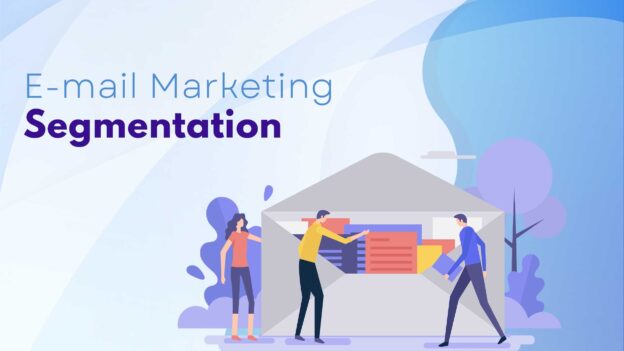Should advertisers shift budget to Bing (now Microsoft) advertising platform?
Google Ads reach a whopping 90.8% of the market share when it comes to web, mobile, and in-app searches. So as an advertiser how do you choose between Google Adwords and the next best option when it comes to digital advertising, Microsoft Advertising?
Even though the answer may seem fairly obvious. The truth is that it is not always blatantly black & white. Let’s try and break down the differences between the two advertising platforms to get a deeper understanding of how you, as an advertiser should mould your campaigns.
The Reach
Let’s take a look at the primary underlying aspect of paid search advertising, the reach. Ultimately each of these advertising platforms showcases your digital advertisements to two very fundamentally different networks.
Google Ads consists of the search network & the display network. If you choose to advertise on the search network, your ads will be displayed on the google search results for the keywords that you have targeted. If you choose to advertise on the display network, your banner ads will be displayed on the vast array of websites associated with Google network.
Microsoft advertising is linked with 3 different search engines & they are Bing, Yahoo, and AOL. Yes, that’s correct, using this advertising platform gives you access to all three search engines. They will also pop-up on various partner sites as well.
The very first thing that you have to do as an advertiser is to understand where your audience is hanging out. You also have to have an idea about the search engines that they use & the kind of websites they visit. Once you understand this key insight, you will be able to make an informed decision about where to publish your advertisements.
The Cost Factor
The second parameter that you should consider is the cost factor. Let’s say that you checked out both the platforms and understood that each of them will give you sufficient traffic for your advertisements. In this case, you should carefully consider your budget to determine which platform will work better for you.
A high operation budget and wanting to directly tackle your competitors have a greater synergy with the Google Ads network. If you are managing a campaign on a modest budget and plan to slowly grow your ROI then Microsoft Advertising could be the way to go. Let’s get a little more detailed. At a campaign level, a digital marketing agency claims that its Microsoft initiative only spent 20-30% of its Google equivalent. According to ReportGarden, at a Cost per click level, Microsoft Advertising averages $7.99 whereas Google averages $20.08.
There’s no doubt that Google is where is the search volume is. Although, if you want to maximize ROI on a tight budget, you should look into the Microsoft Advertising Network.
B2B or B2C
Are you targeting direct consumers or businesses with your advertisements? This is an important question to ask yourself while determining your ideal advertising platform. The sheer dominance Google enjoys over other search engines makes it a definite favourite when it comes to B2C advertising. You are more likely to sell a consumer product like shoes over Google than any other advertising platform.
Do the same rules apply when it comes to B2B advertising? Not really. Not without taking into account a feature that Microsoft recently released. LinkedIn targeting makes it easier to focus on an audience based on the company, job function, and industry. The best part about this feature is that you serve your ads to a highly relevant audience. The truth in the advertising game is more relevant to your audience; the higher your prospective ROI. Currently, LinkedIn profile targeting provides:
Industries – 145
Companies – 80,000
Job functions – 26
For example, If you are planning on advertising to CMO’s in the Food Industry, then you know what path you should take. Additionally, the platform also lets you get very granular. You can choose to apply LinkedIn targeting at an Ad Group or Campaign level. You can also choose to modify your bids based on profile targets.
Targeting Options
Targeting is critical when it comes to serving your advertisements to the right people. What you want to be doing is avoiding traffic from people who are not interested in your product or services. Most of the targeting options pretty much analogous when it comes to both the advertising platforms. Google allows advertisers to schedule, language, location, network, and rotation. These targeting options are only allowed at a campaign level. Ad groups implicitly derive the options from the corresponding campaign to which they belong.
Contact Brix 2 Media to make an informed decision about which platform to choose for your digital advertising needs.



COMMENTS
No Comment have been posted.LEAVE A RESPONSE